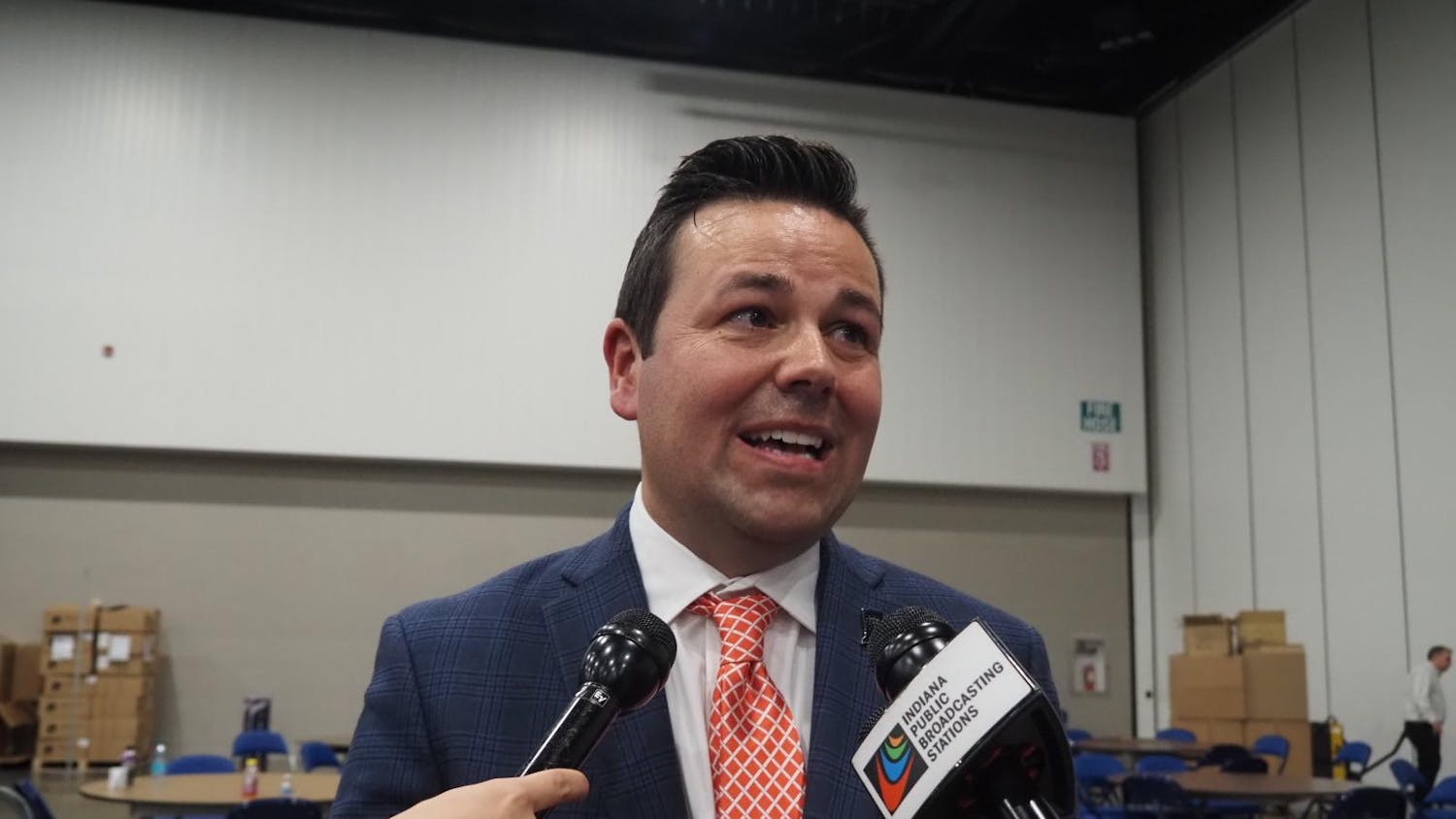A new version of the camera used in eye exams – designed to be cheaper and easier to use than those currently on the market – is nearing completion.
Ann Elsner, who has led the project since she started it in 1999, is optimistic about its potential and proud of its philosophy.
“My goal is to be the world’s largest manufacturer, by volume, of retinal imaging devices so that they’re low-cost and could be afforded by anybody,” Elsner said. “My view is, make it good enough to do the job, but don’t add anything you don’t need to add.”
Elsner, a professor at the IU School of Optometry and director of the Borish Center for Ophthalmic Research, has been working in the field of optometry for more than 30 years. A small team has formed around this project, consisting of IU optical engineer Matthew Muller, IU Senior Scientist Benno Petrig, software engineer Bryan Haggerty and Elsner.
The device, now about the size of a microwave oven, uses near-infrared light that bounces to the eye and back in rapid succession, which prompts its program to produce an all-inclusive “average” image that is mostly free of clutter.
With this image, doctors can catch early signs of diabetic retinopathy, an increasingly common result of diabetes that is a leading cause of severe vision loss and blindness for adults.
“Those diabetics who have diabetic retinopathy ... are not aware of it until it is very late,” Petrig said. “So many don’t see it, especially because it is a slow process, and it happens somewhere that you don’t normally need, for reading purposes and such.”
Making this existing technology cheap and easy enough to be used around the world, however, created massive financial problems for the team.
“That reality is hitting,” Elsner said, referring to the problem of undertaking a global project. “The cost of the patents is just breathtaking, the kind of thing that would make you not sleep for two nights in a row.”
The issue the team most recently faced is the redesign of the precision motor that powers the scanning, similar to the motion inside a computer scanner.
“Buying (the motor) cost as much as we wanted to sell the camera for,” Elsner said. “It was just ridiculously out of range with any of the other components. We had a $50 light source, a $50 camera chip and a $1,300 or $1,500 motor. It stuck out.”
To help develop the motor, the Indiana Clinical and Translational Sciences Initiative provided a grant, and Henry Zhang, a mechanical engineer from Purdue, joined the team. He said he was attracted to Elsner’s project because it addresses product
value.
“When people go in to pay for something, they aren’t paying for the brand,” Zhang said. “They’re paying for the function, and if there is a cheaper product that performs just the same, they’re going to choose it.”
IU’s Research and Technology Corporation has worked with Elsner’s company, Aeon Imaging, LLC, to find the team business partners and manage its intellectual property.
This help, coupled with Elsner’s tenure, has given the team the ability to move beyond the status quo.
“I’m in a secure enough position that I can take these risky things and do more applied research,” Elsner said. “Many people who are not in this position, you know, it’s a ‘What have you done for us this year?’ kind of thing. They have to look impressive. ... This will work in the United States and the world needs this, and we’re going to build it cheaply and it’s going to be reliable.”
IU professor develops new camera used for eye exams
Elsner teams up with Purdue engineers for project
Get stories like this in your inbox
Subscribe





